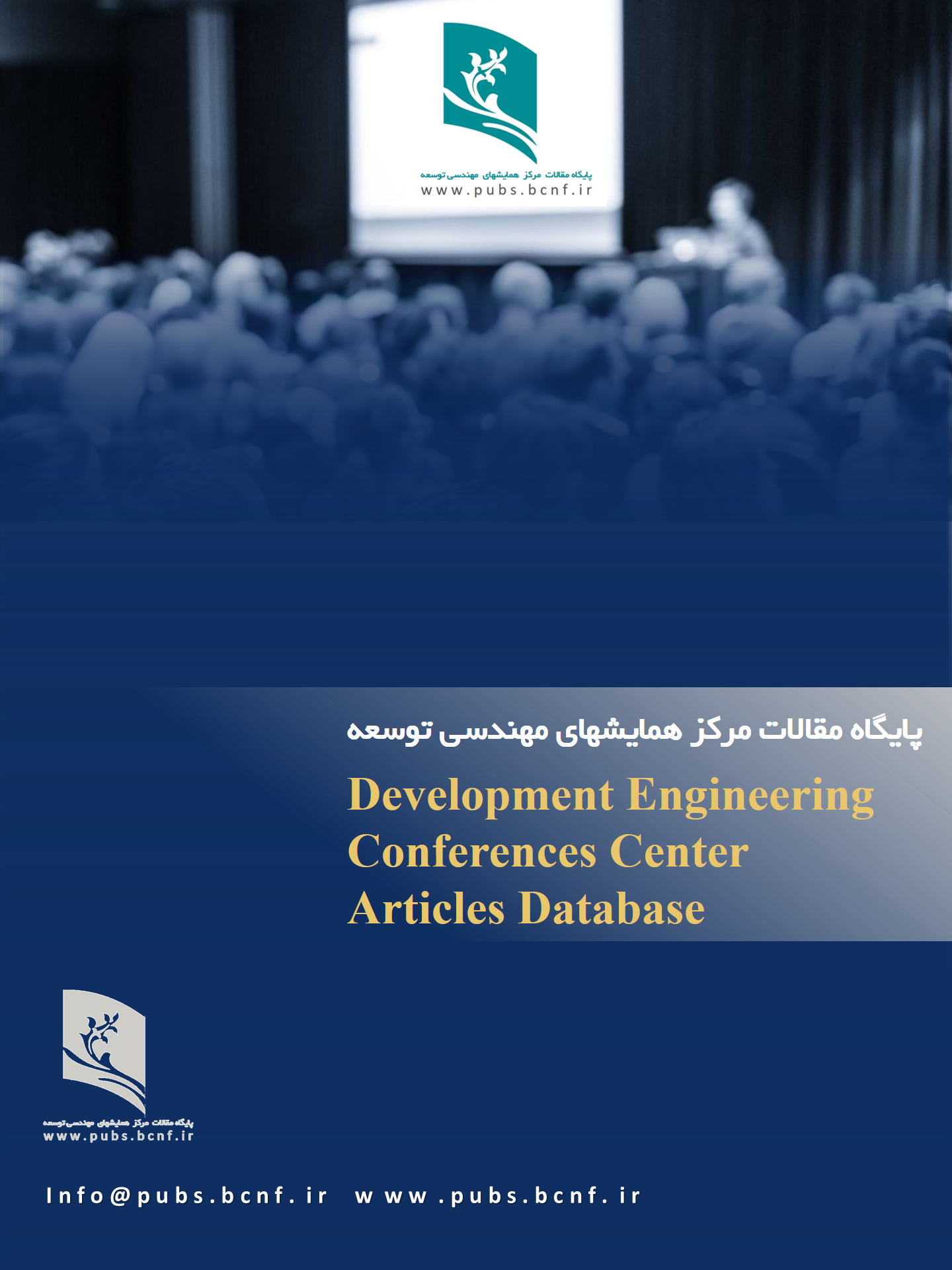Modeling an Internet of Things based Medical Gas Alarm System with Oxygen Purity Measurement Capability
Keywords:
Medical Equipment Industry, Internet of Things, Alarm Integration with IoT, Oxygen Purity MonitoringAbstract
This article explores the significance of creating and deploying medical gas alert systems utilizing Internet of Things technology to gauge oxygen purity. In pursuit of delivering timely and high-quality healthcare services to patients, the medical equipment industry is embracing innovative approaches. The integration of medical gas alarm systems with the Internet of Things network holds promise for expediting error responses and executing necessary interventions. Monitoring oxygen purity in medical gas alarm systems is of paramount importance due to the potentially severe consequences of its inadequacy. Leveraging appropriate Internet of Things processors and tailored programming aligned with system requirements presents an effective avenue for enhancing the functionality of medical gas alarm systems. The article provides a comprehensive overview of management and control solutions and techniques aimed at enhancing the efficiency, dependability, and adaptability of medical gas alarm systems, underscoring the escalating demands in this realm amidst the modern challenges and intricacies of the healthcare industry.
Downloads
References
[1] T. O. Edoh, "Advanced Systems for Improved Public Healthcare and Disease Prevention: Emerging Research and Opportunities: Emerging Research and Opportunities," 2018.
[2] S. Oniani, G. Marques, S. Barnovi, I. M. Pires, and A. K. Bhoi, "Artificial intelligence for internet of things and enhanced medical systems," Bio-inspired neurocomputing, pp. 43-59, 2021.
[3] R. Akalanka, P. Bandara, K. Jayasanka, and S. DA, "Design and Implementation of IoT Based Real-Time Toxic Gas Detector," University of Vocational Technology.
[4] U. S. Q. I. C. T. Force, Doing what Counts for Patient Safety: Federal Actions to Reduce Medical Errors and Their Impact, Report of the Quality Interagency Coordination Task Force (QuIC) to the President. Quality Interagency Coordination Task Force, 2000.
[5] X. Meng, S. Kim, P. Puligundla, and S. Ko, "Carbon dioxide and oxygen gas sensors-possible application for monitoring quality, freshness, and safety of agricultural and food products with emphasis on importance of analytical signals and their transformation," Journal of the Korean Society for Applied Biological Chemistry, vol. 57, pp. 723-733, 2014.
[6] H. J. Pasman, Risk analysis and control for industrial processes-gas, oil and chemicals: a system perspective for assessing and avoiding low-probability, high-consequence events. Butterworth-Heinemann, 2015.
[7] F. F. Ahsan, A. Fatima, N. Rasheed, and A. S. Mohammad, "Conceptual Importance of Medicinal gases for its Significance in Pharmaceuticals," Asian Journal of Research in Pharmaceutical Science, vol. 7, no. 1, pp. 8-12, 2017.



